Subphylum Vertebrata Suborder Serpentes Rank Species | Phylum Chordata Higher classification Farancia | |
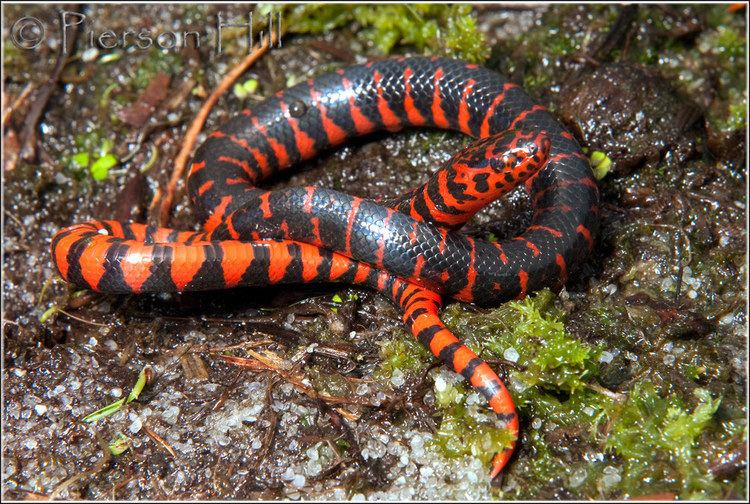 | ||
Similar Snake, Reptile, Farancia, Scaled reptiles, Xenodermus | ||
Eastern mud snake
The mud snake (Farancia abacura) is a species of nonvenomous, semiaquatic, colubrid snake endemic to the southeastern United States.
Contents
- Eastern mud snake
- Mud snake eats amphiuma
- Description
- Habitat
- Behavior
- Reproduction
- Geographic range
- Cultural significance
- Subspecies
- References
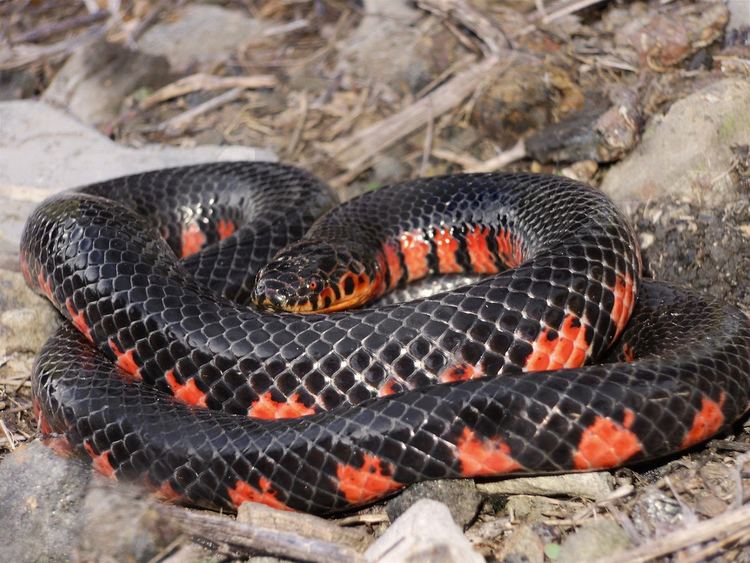
Mud snake eats amphiuma
Description
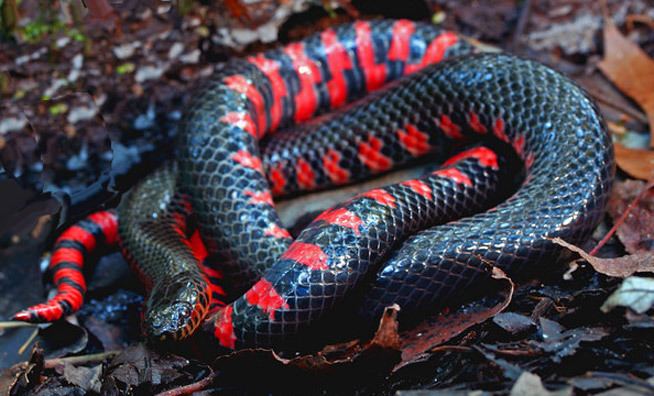
Mud snakes usually grow to a total length (including tail) of 40 to 54 inches (1-1.4 m), with the record total length being slightly over 80 inches (2 m).
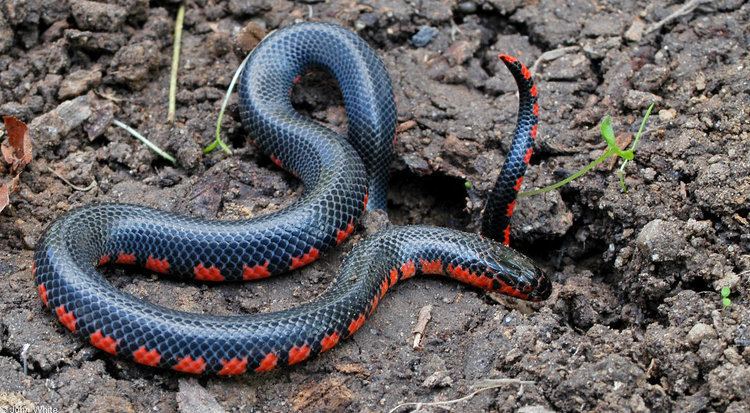
The upperside of the mud snake is glossy, black. The underside is red and black, and the red extends up the sides to form bars of reddish-pink.
Their heavy bodies are cylindrical in cross section, and their short tails have a terminal spine.
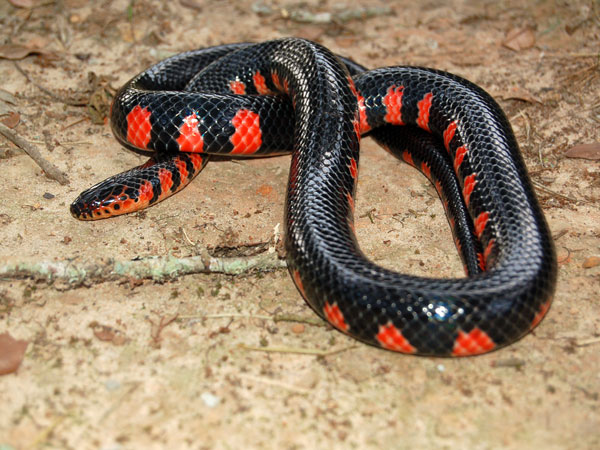
Their head scalation is distinctive in that they have only one internasal, no preocular, and one anterior temporal. The dorsal scales are smooth, and are arranged in 19 rows at midbody. Ventrals 168-208; anal plate divided; subcaudals 31-55.
Habitat
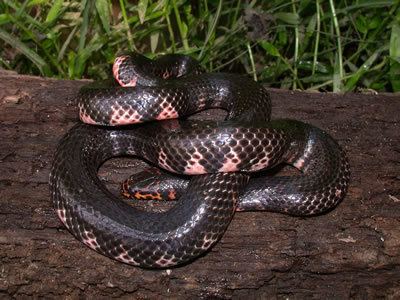
Mud snakes inhabit the edges of streams and cypress swamps, among dense vegetation or under ground debris. Mud snakes are commonly used as reference points for several other characters.
Behavior
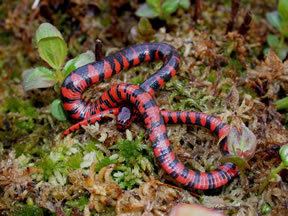
Mud snakes are mostly aquatic, and nocturnal as they prey on amphibians. They are known to use their sharply pointed tails to prod prey items, leading to the nickname "stinging snake".
Reproduction
Breeding takes place in the spring, mostly in the months of April and May. Eight weeks after mating, the female lays 4 to 104 eggs in a nest dug out of moist soil. She will remain with her eggs until they hatch, in the fall, usually September or October. They can also be born in winter, which is the most common time.
Geographic range
The mud snake is found in the southeastern United States, in the states of Alabama, Arkansas, Florida, Georgia, Utah, Illinois, Kentucky, Louisiana, Mississippi, Missouri, North Carolina, Oklahoma, South Carolina, Tennessee, Texas, and Virginia.
Cultural significance
The mud snake is one of a few animals which may be the origin of the hoop snake myth. J.D. Willson writes:
The hoop snake myth has also been attributed to the coachwhip snake.
Subspecies
There are two recognized subspecies of Farancia abacura, including the nominotypical subspecies:
